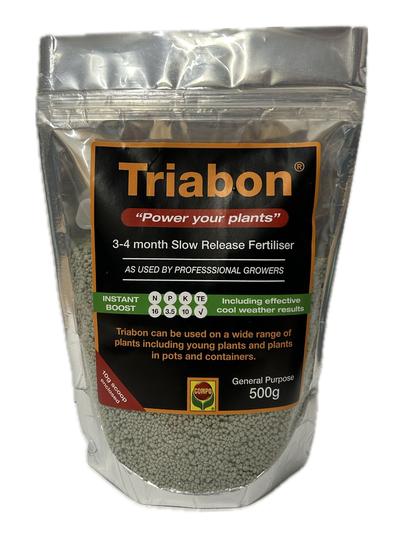
Hydrangeas are a timeless favourite in Kiwi gardens, evoking memories of vibrant blooms and buzzing bees. Perfect for both gardens and pots, hydrangeas are celebrated for their striking colours, low maintenance, and the joy they bring all summer long.
Prepare Soil
Garden: Start with nutrient-rich soil. Blend general garden fertiliser or compost into the planting hole and top with mulch to keep roots cool and moist.
Pots: Use a high-quality potting mix with good drainage, such as Oderings Potting & Basket Mix. After 6 months, add slow-release fertiliser for ongoing nourishment.
Feed
Your ground's pH and what you feed your fertiliser can alter the colour of your pink and blue hydrangeas.
Garden: Feed hydrangeas in spring with a balanced fertiliser to support lush foliage and abundant blooms. Tailor feeding to achieve your preferred flower colour:
- Pink: Use Hydrated Lime to maintain an alkaline pH.
- Blue: Apply Aluminium Sulphate to maintain acidic soil.
- White: Use a general garden fertiliser.
Pots: Feed with a liquid fertiliser every two weeks as the bud’s form.
- Pink: Use Yates Hydrangea Pinking, Liquid Lime & Dolomite to maintain an alkaline pH.
- Blue: Use Yates Hydrangea Blueing, Liquid Aluminium Sulphate.
- White: Use a general fertiliser for pots every 3-4 months like Oderings Total Replenish.
Planting and Conditions
Hydrangeas thrive in dappled shade, which enhances flower vibrancy and helps retain moisture. For best results:
- Choose a sheltered location to protect blooms from harsh winds.
- Water regularly during dry spells.
- Deadhead spent flowers to encourage new growth.
Flower Types and Colour Magic
Hydrangeas come in two main flower types:
- Mophead: Large, round, pompom-like blooms.
- Lacecap: Flat flower heads with a ring of showy outer petals.
Flower colours can change based on soil pH:
- Alkaline soil produces pink flowers.
- Acidic soil results in blue flowers.
- Use Yates' liquid fertilisers for fast results if your hydrangeas are already in bud.
Pruning Tips
Prune hydrangeas between autumn and early winter for healthy, consistent blooms:
- Cut half the stems to 10cm and the other half to 20cm. You would do this in a circular pattern, e.g. stem one would be cut to 10cm, and the stem next to it would be cut to 20cm. Follow this pattern around the plant.
- Avoid cutting all stems back to the ground, as this can limit flowering.
- Remove all weak and dead branches and clean up leaf litter while pruning, as bugs can winter over.
Watering & Mulching
Hydrangeas love consistent moisture, so keep the soil evenly damp. Mulch helps conserve water and maintain soil temperature.
Garden Expert Tip
For a standout display, plant a mix of Mophead and Lacecap varieties. Their contrasting textures and vibrant colours will create a dynamic, ever-changing landscape in your garden.
Bring the timeless beauty of hydrangeas into your garden or patio pots and enjoy their effortless charm year-round.









 Oderings Garden Centres
Oderings Garden Centres